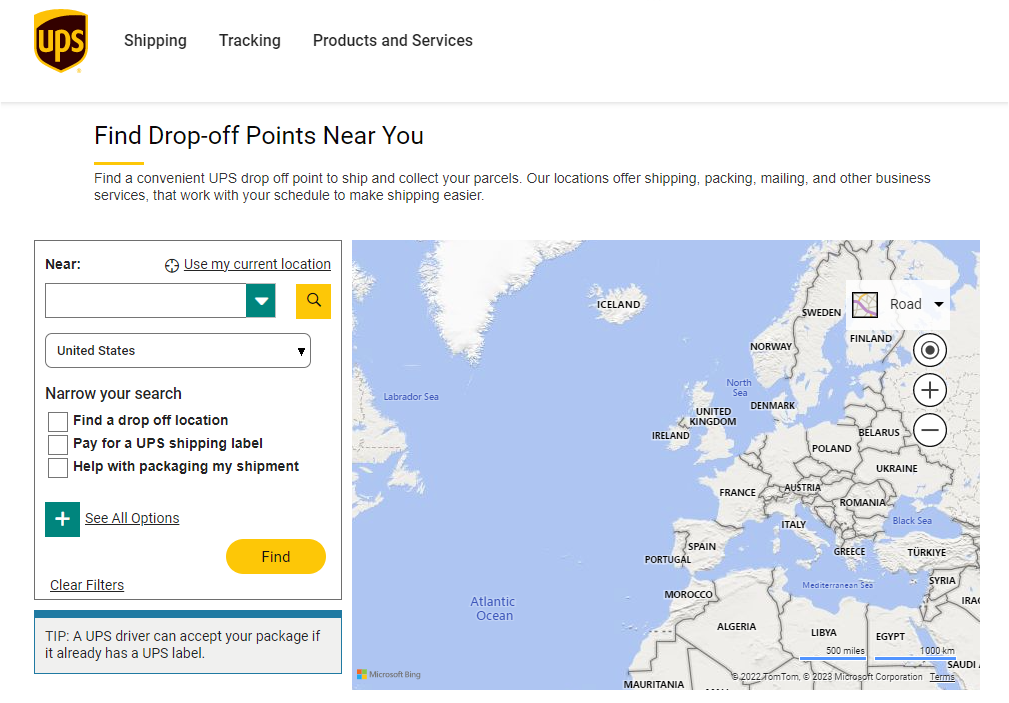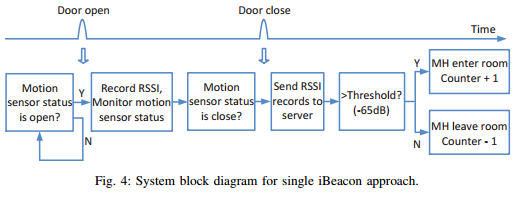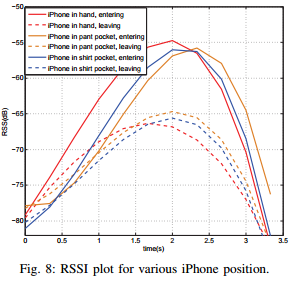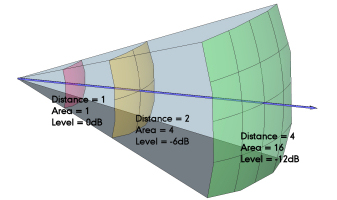Advantages of using Bluetooth beacons for automatic attendance tracking in education include:
- Improved accuracy: Bluetooth beacons can accurately detect the presence of students in the classroom, reducing the likelihood of errors in attendance tracking.
- Time-saving: Automating attendance tracking with Bluetooth beacons can save time for teachers and administrative staff, as they do not need to manually record attendance.
- Real-time tracking: Bluetooth beacons can provide real-time attendance tracking data, allowing teachers and administrative staff to monitor attendance in real-time.
- Safety and security: Alerts can be provided when students enter prohibited areas.
Bluetooth beacons can be used for automatic attendance tracking in education by placing them in the classroom or lecture hall and configuring them to detect the presence of students’ Bluetooth-enabled devices such as smartphones or tablets. When a student enters the range of the beacon, the beacon sends a signal to their device, which can then be used to record their attendance. The main problem with this setup is that students might accidentally disable detection. Not all smartphones/tablets work the same and there can be incompatibilities and the requirement for high levels of support. Also, a detection app needs to be created and distributed. The scanning for beacons can also reduce smartphone/tablet battery life.
An alternative setup is to have the students carry the beacons and use gateways to detect attendance. Data is set to a server running software such as BeaconRTLS™ or BeaconServer™. Attendance reports can run against the historical RTLS data.



